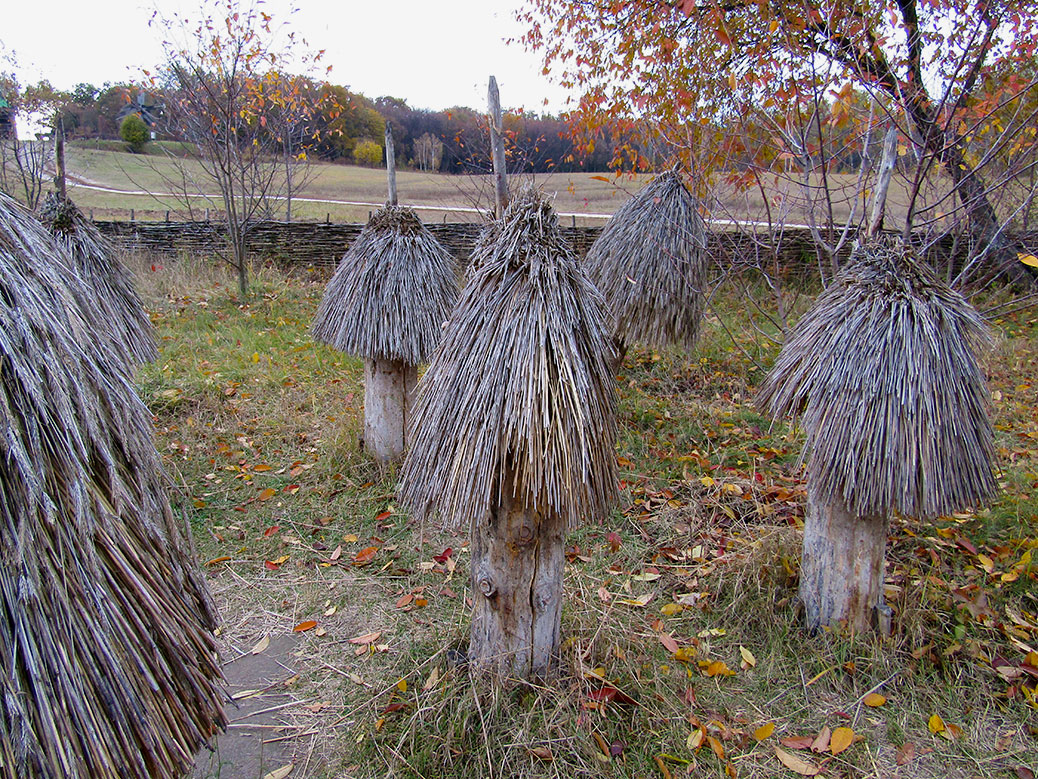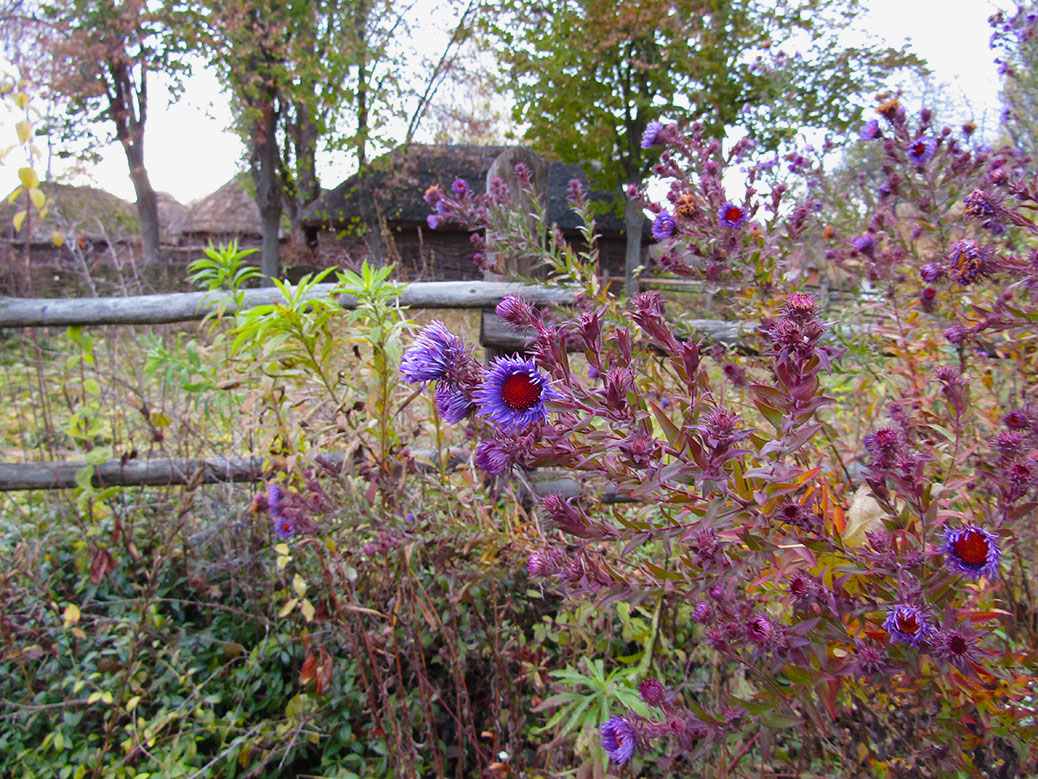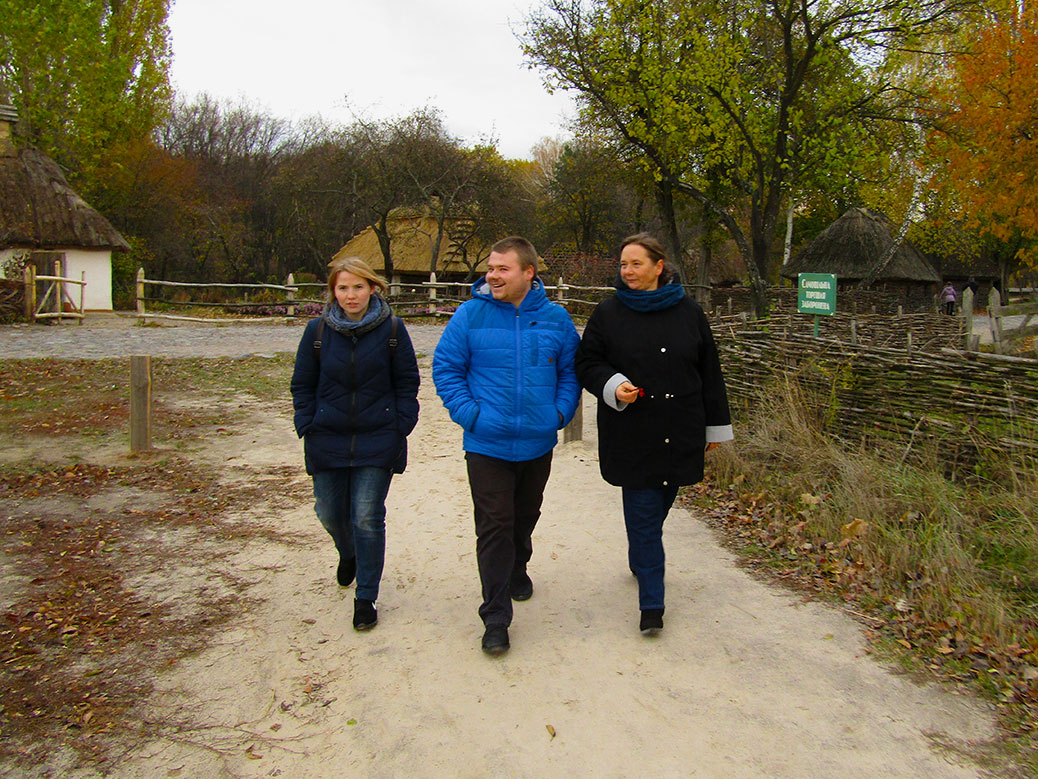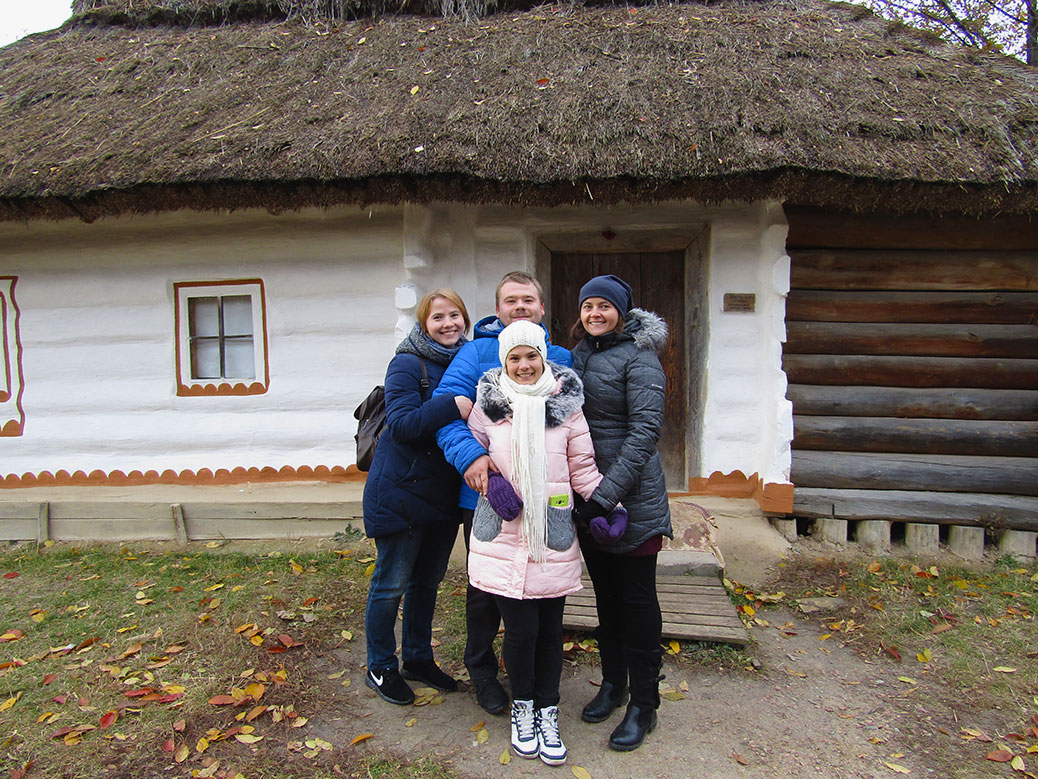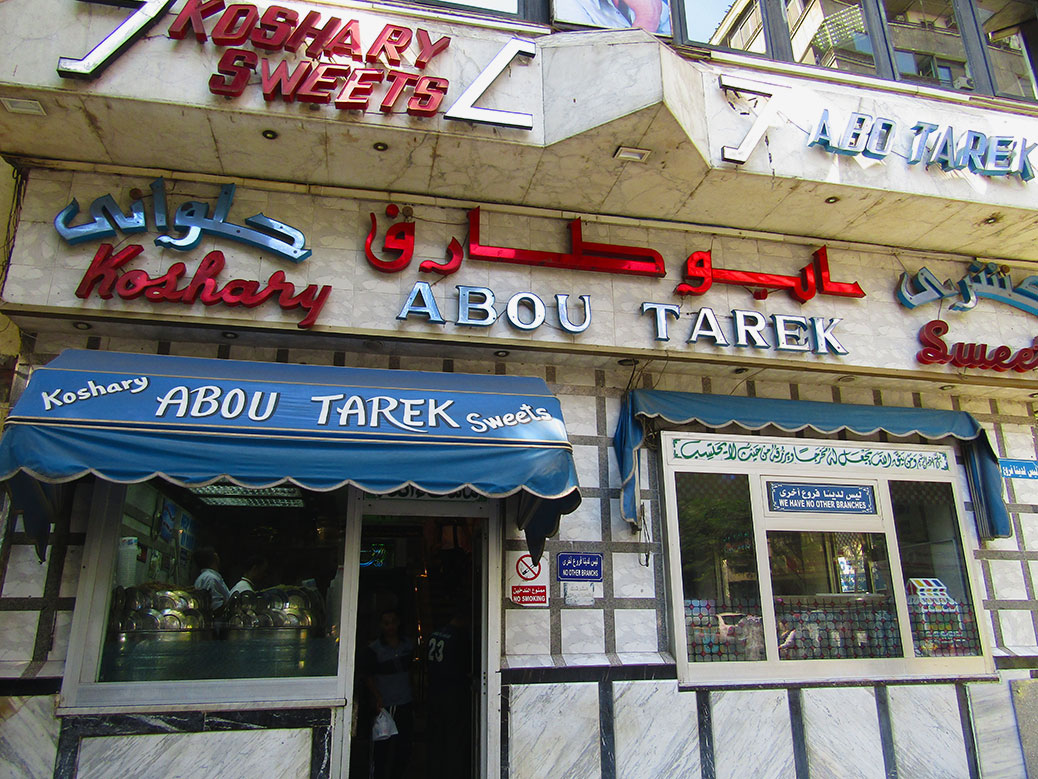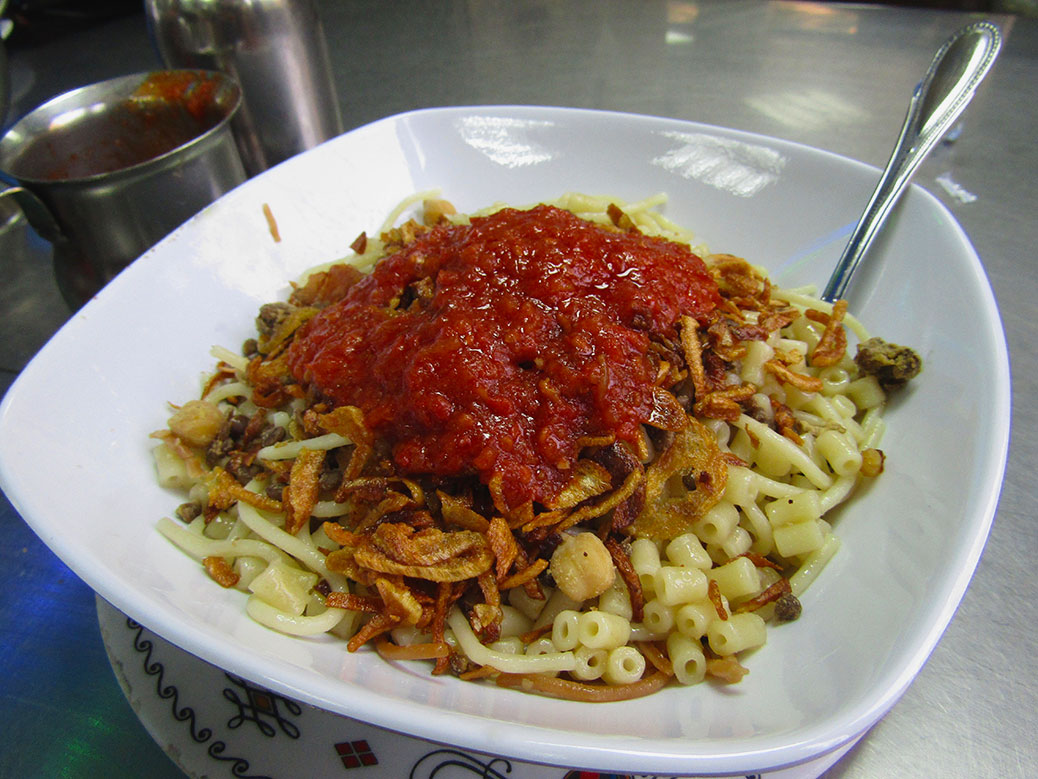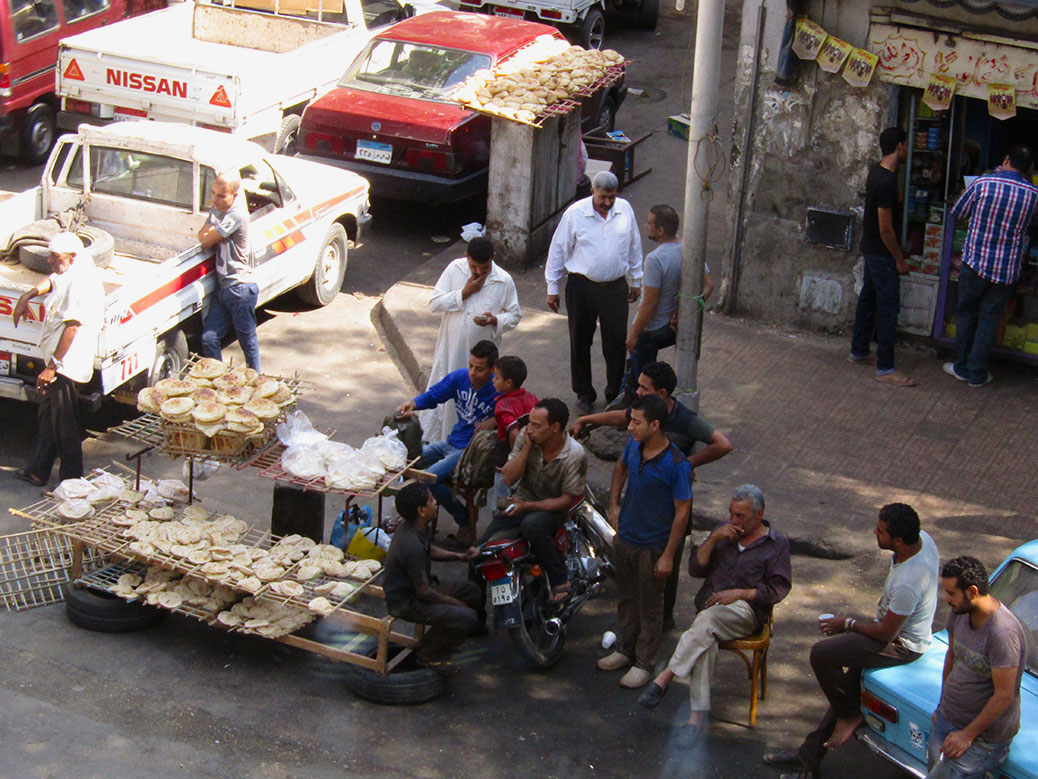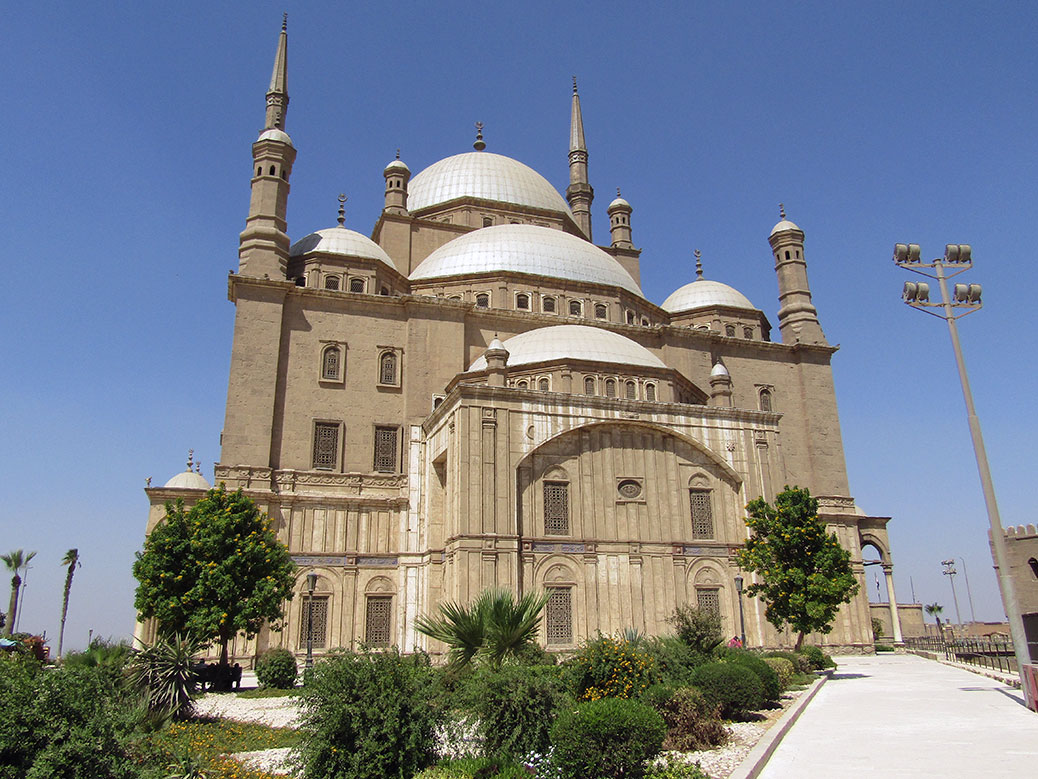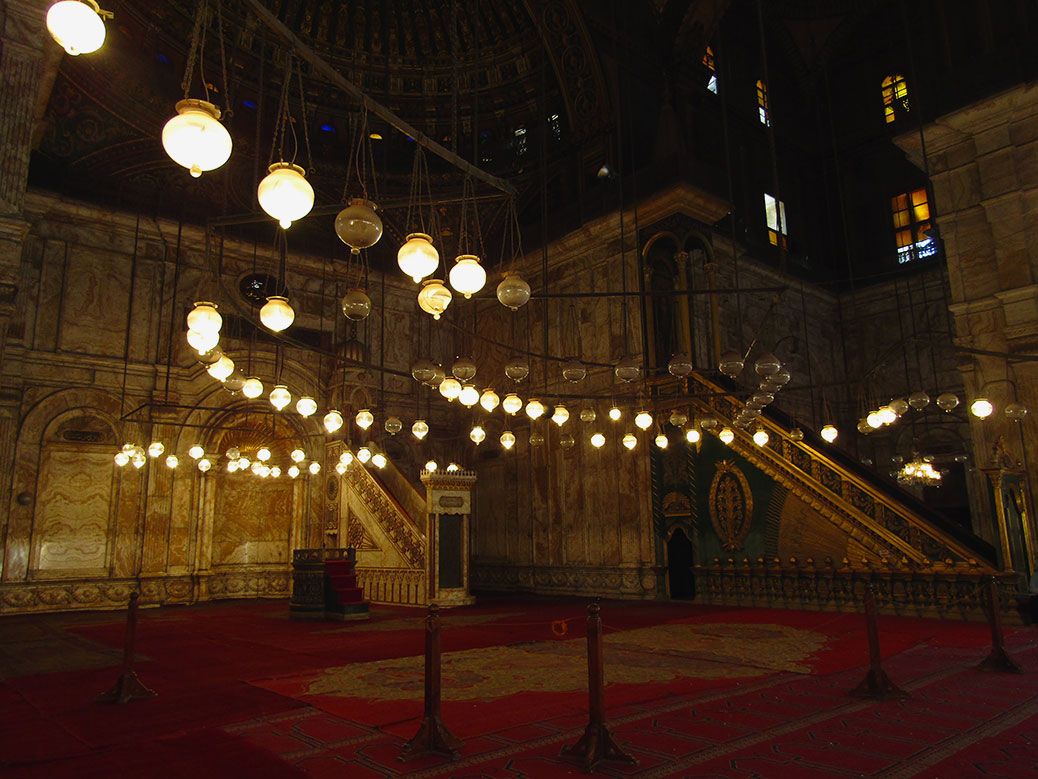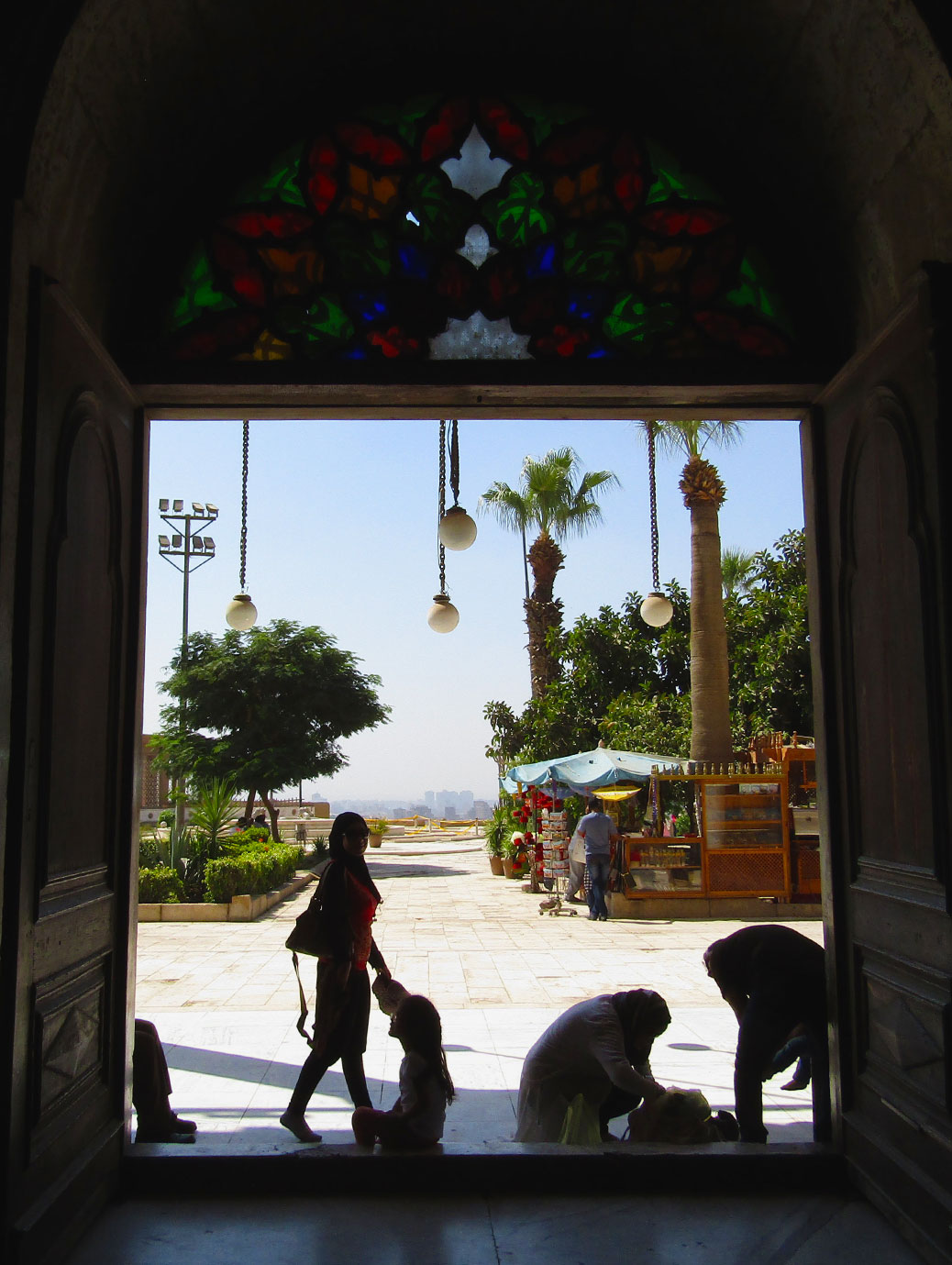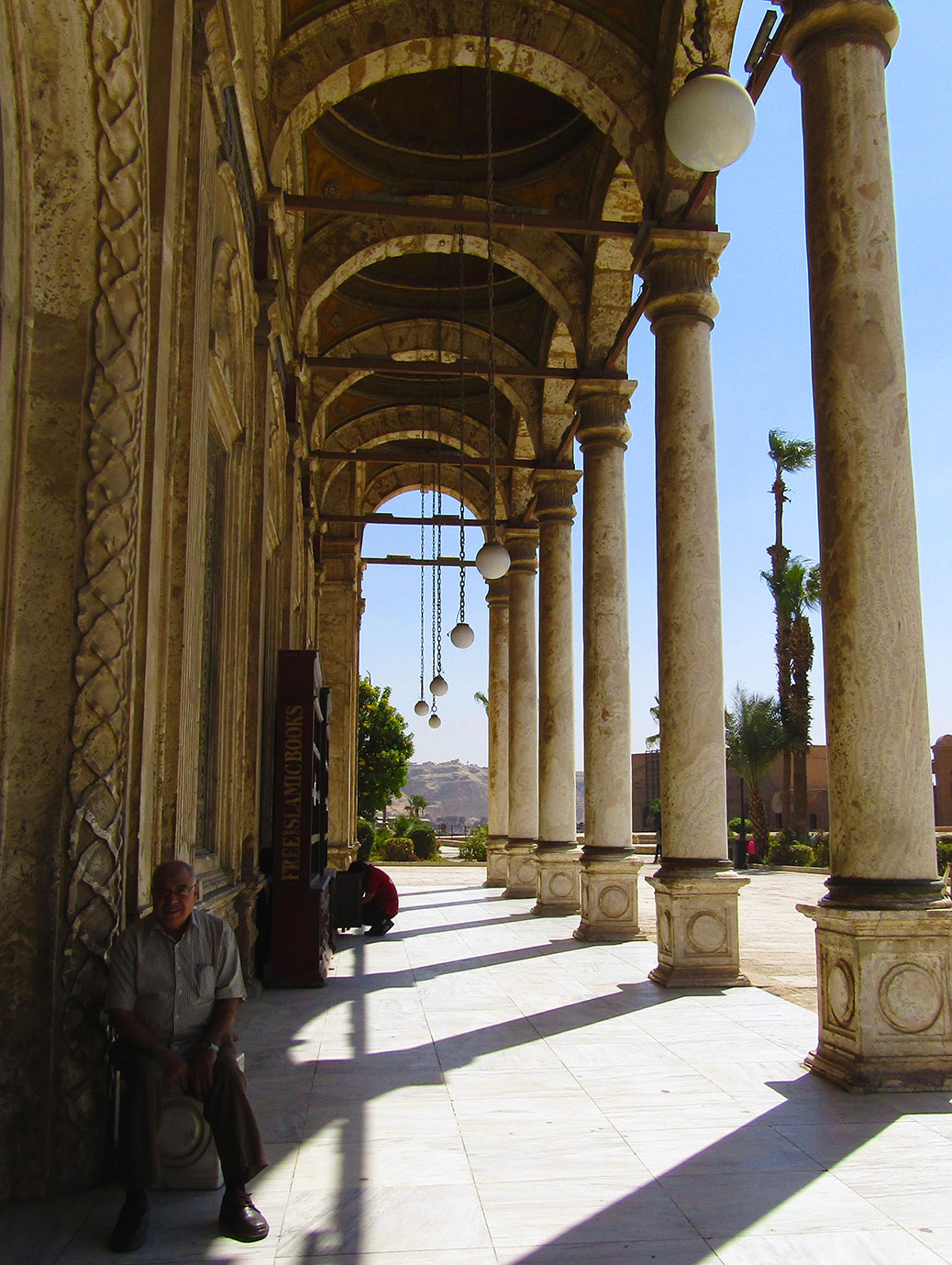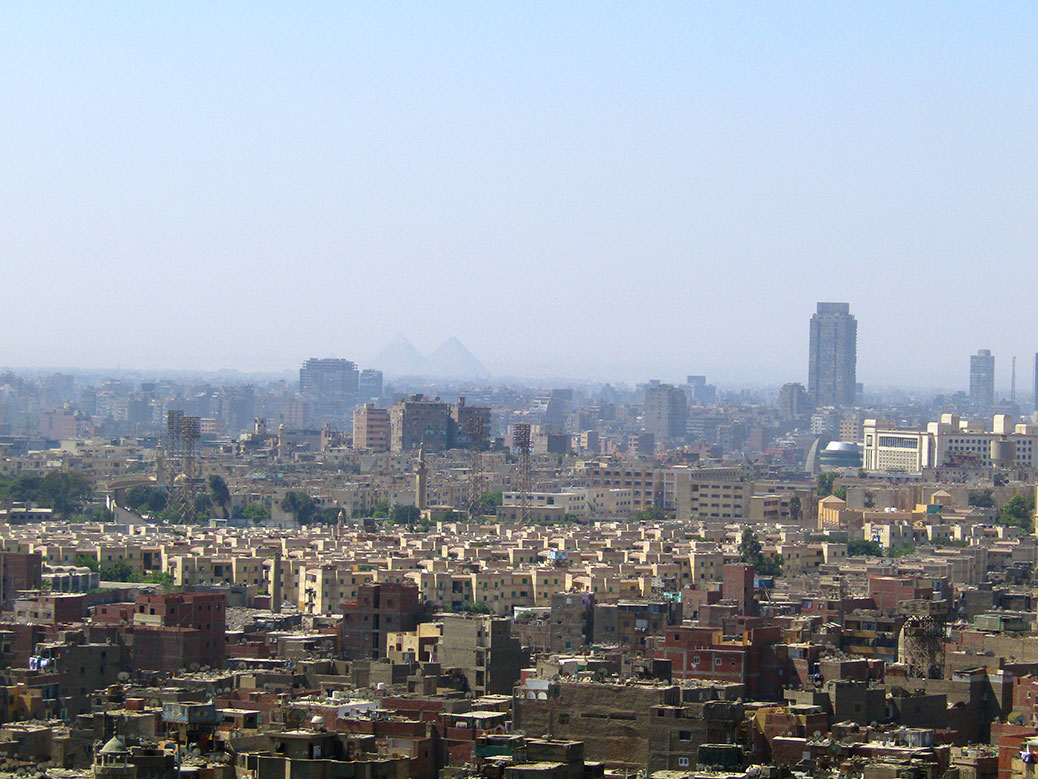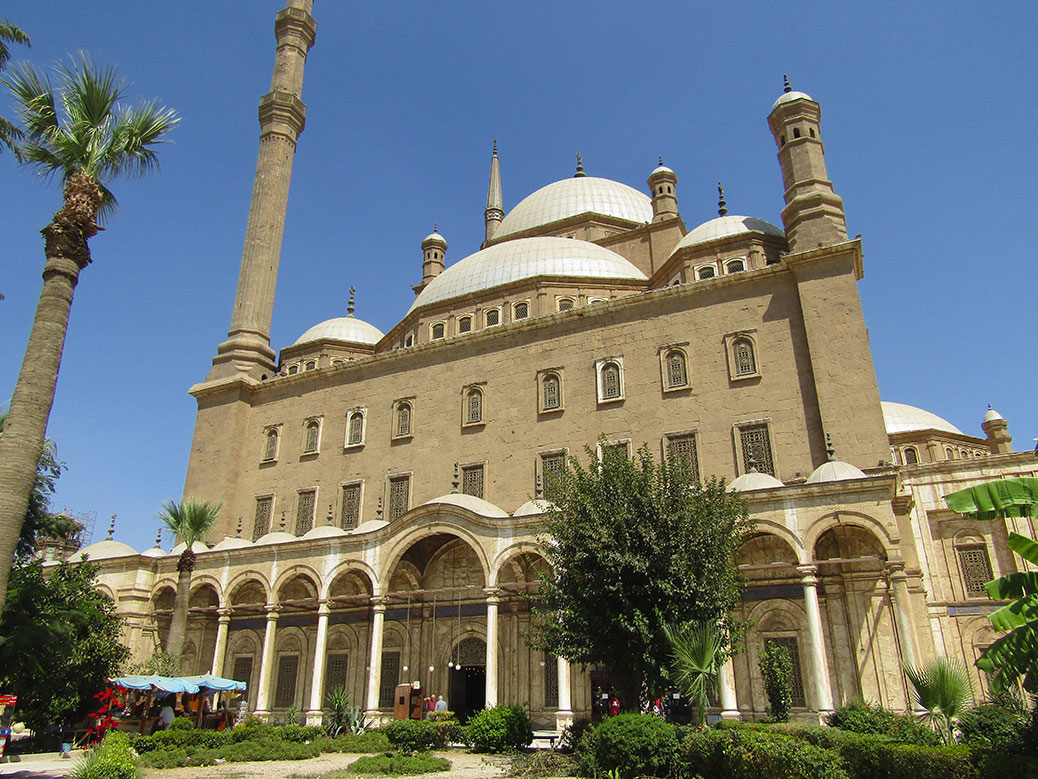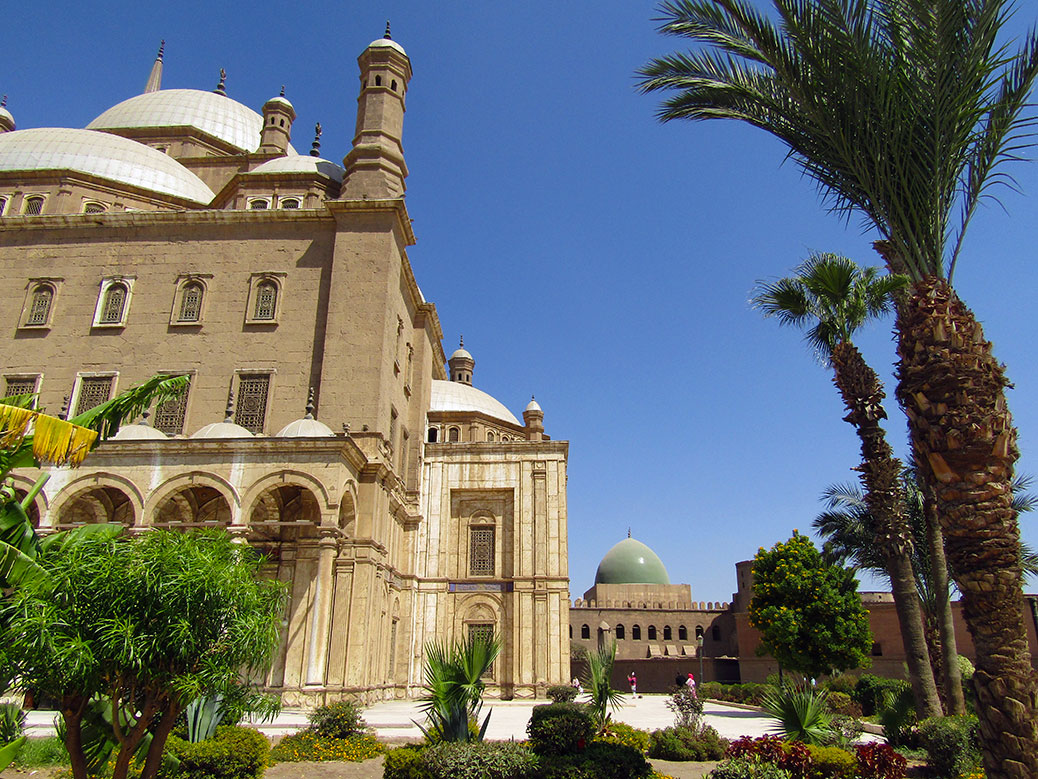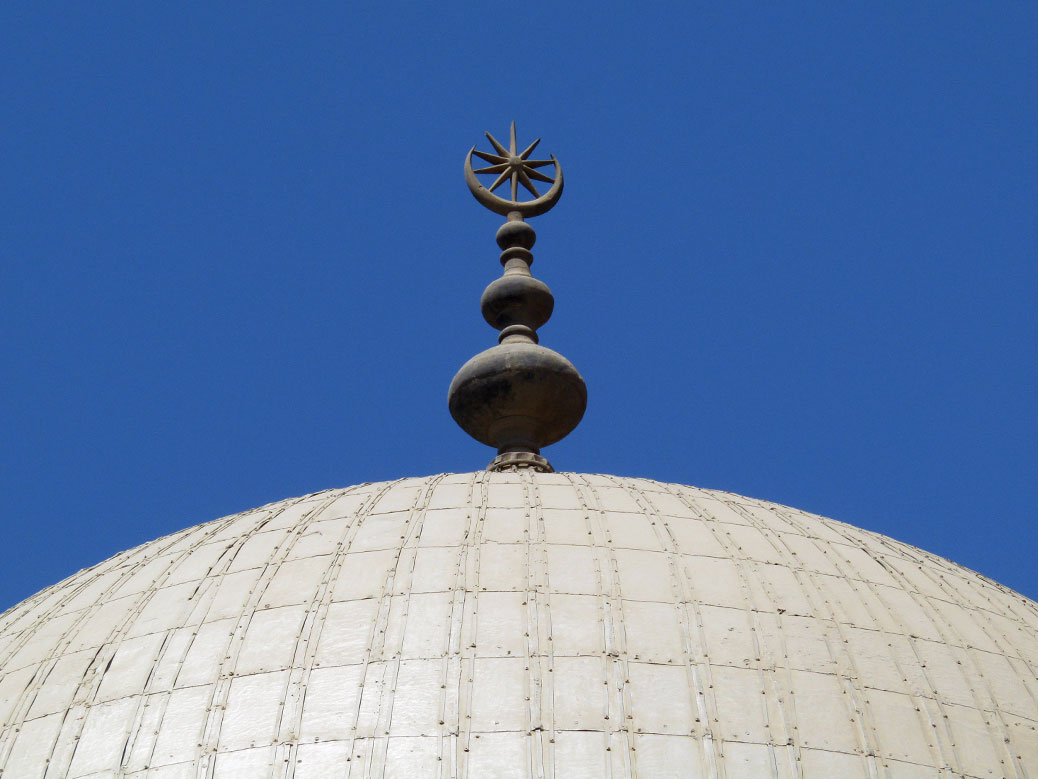Earlier this November, I had a chance to visit my family in Kiev, Ukraine. The last and only time I returned to my country of birth was 12 years ago in 2004, when I was a college student. From Cairo, Kiev is only about a five-hour flight so I knew I had to take advantage of the proximity.
During the week, my mom (hi, Cascadian Val!) and I stayed with my aunt and uncle and their three children. One of our tourist outings was to the small town of Pirogovo (Pyrohiv) outside of Kiev to see the Museum of Folk Architecture and Life of Ukraine.
According to the introductory sign when we entered, the open air museum contains an outstanding collection of traditional Ukrainian farmsteads of the 1960s-1970s representing every region of Ukraine. We walked from one region to another.
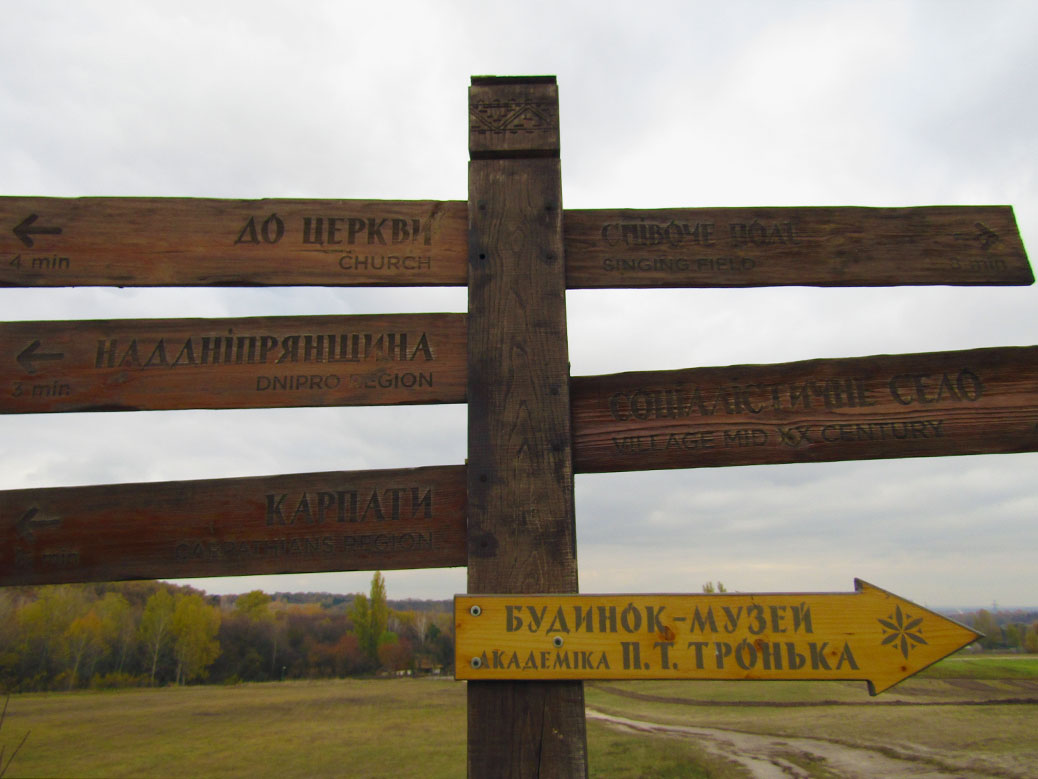
Each area has a different type of architecture reflecting the climate of the area—Polissia, Carpathian Mountains, Western forests, Central forests, Eastern forests and Southern Ukraine. In total, there are 47 homes or structures that were reconstructed post-war and brought to this museum. Some of the structures include the main residences, garages, summer kitchens, barns, sheds, cellars, storehouses, chicken coops, wells, etc.
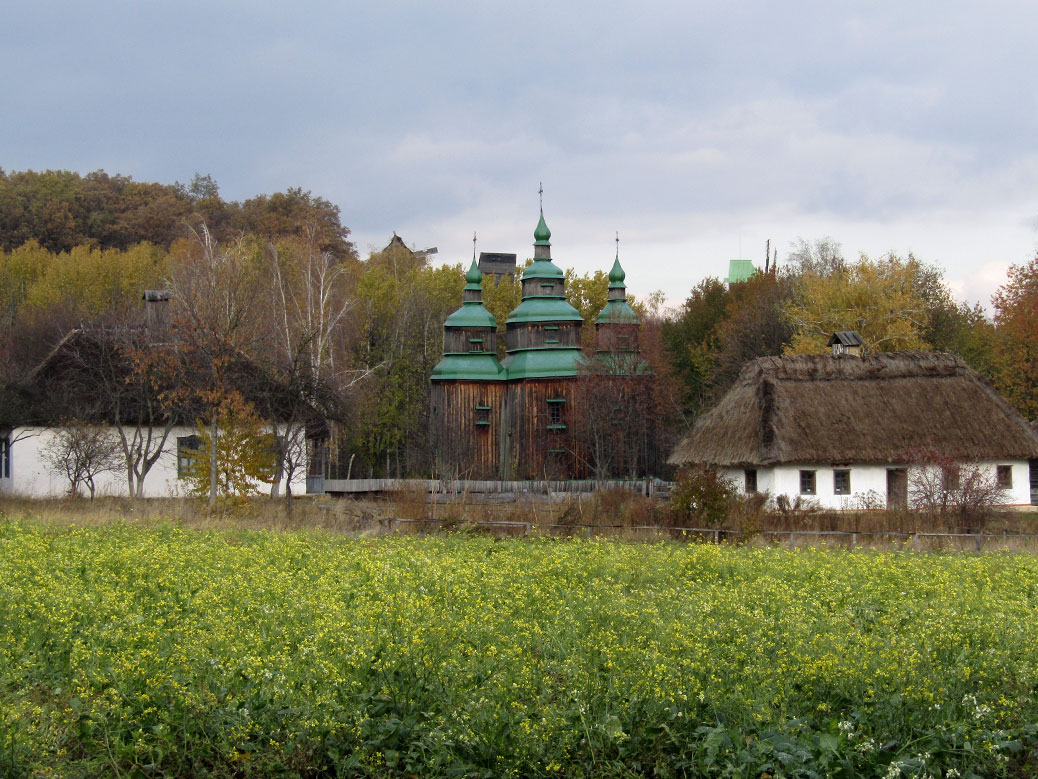
Construction of the buildings on the museum territory was carried out by local craftsmen from the regions in order to preserve building features authentic to each place. All of the structures are located along a central road, depicting the appearance of a traditional street in post-war, Socialist Ukraine.
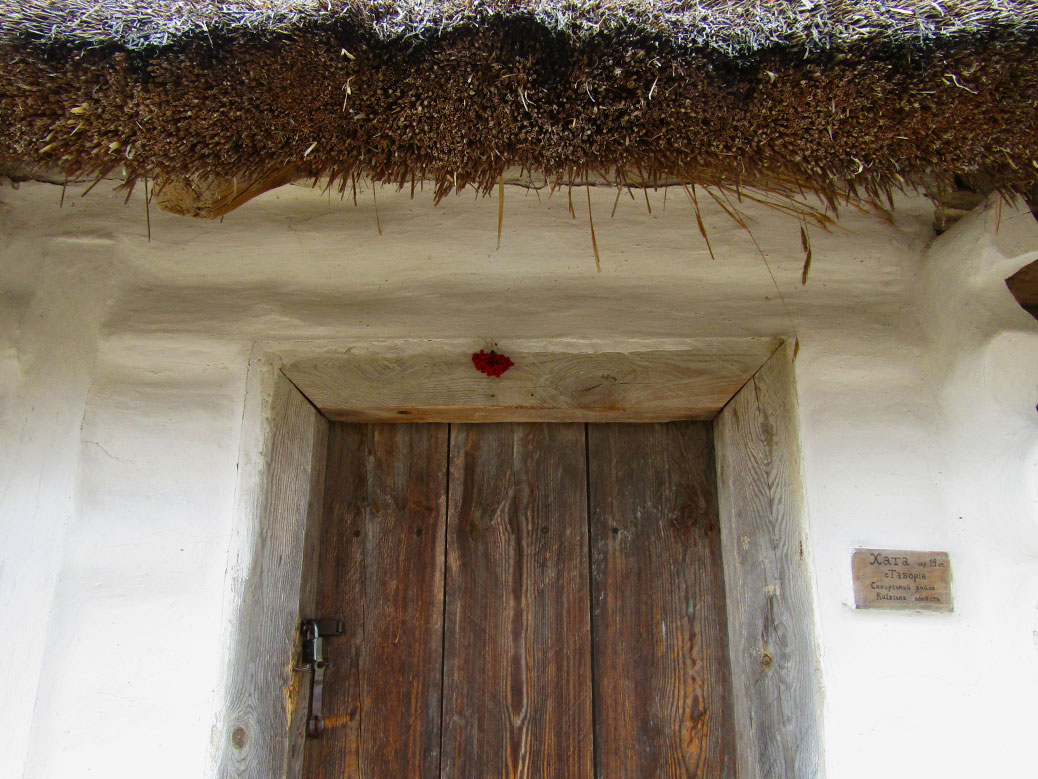
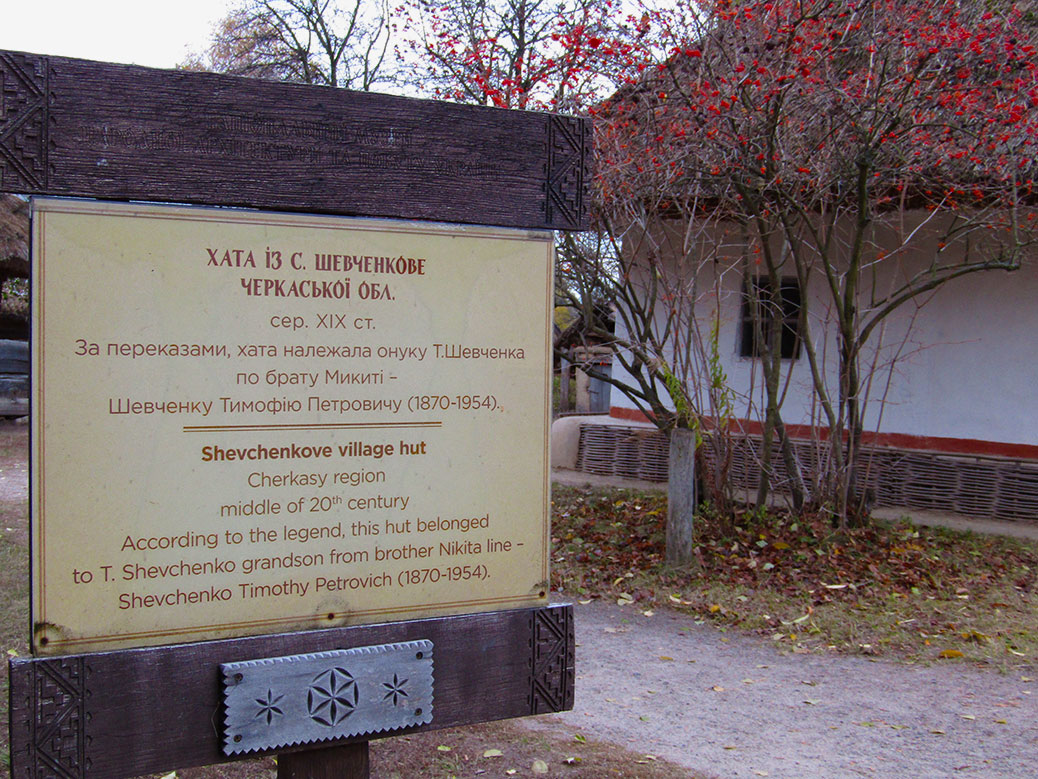

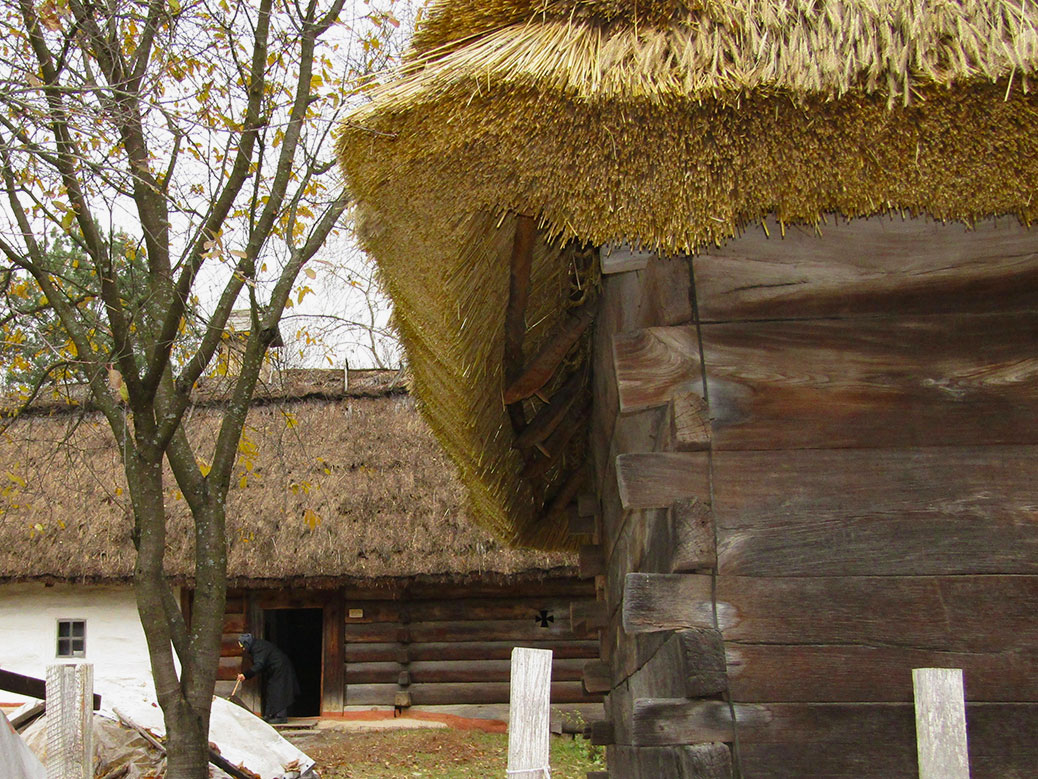
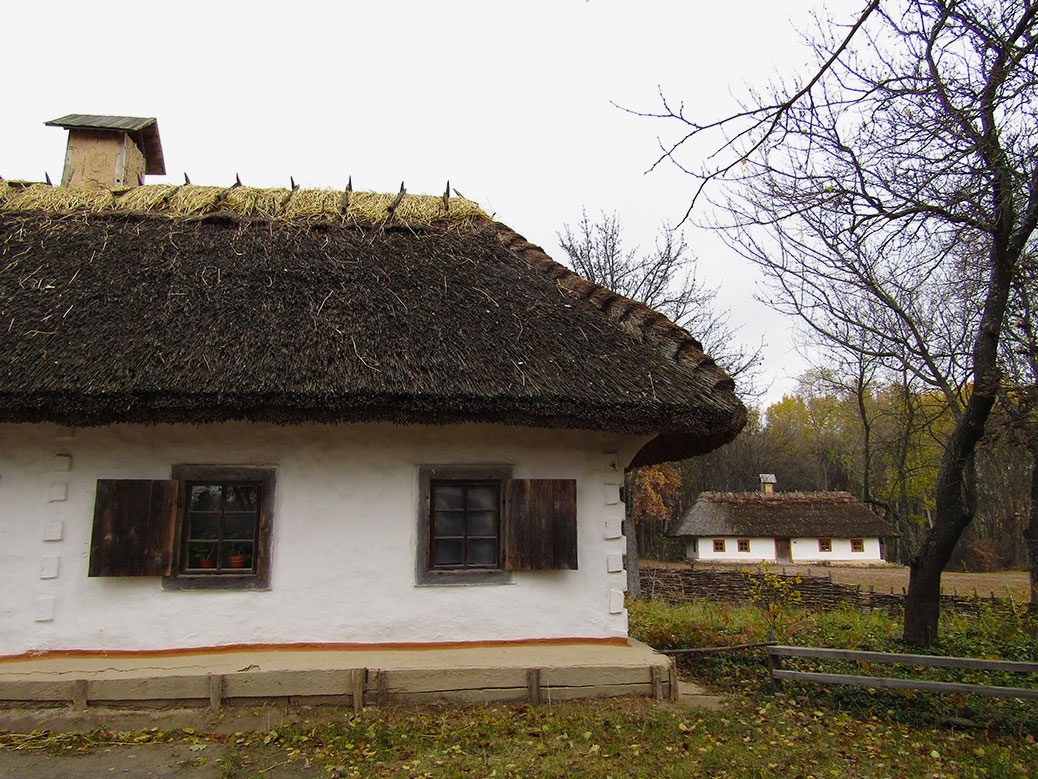
As we walked around, we spotted some snack stands, beer gardens and restaurants. Admittedly, in November, there was not a lot of activity. My aunt says that it is a very popular place to come in the summer with a picnic. There are many festivals and weddings held on the museum grounds. You can also rent a bike and ride through each of the villages.
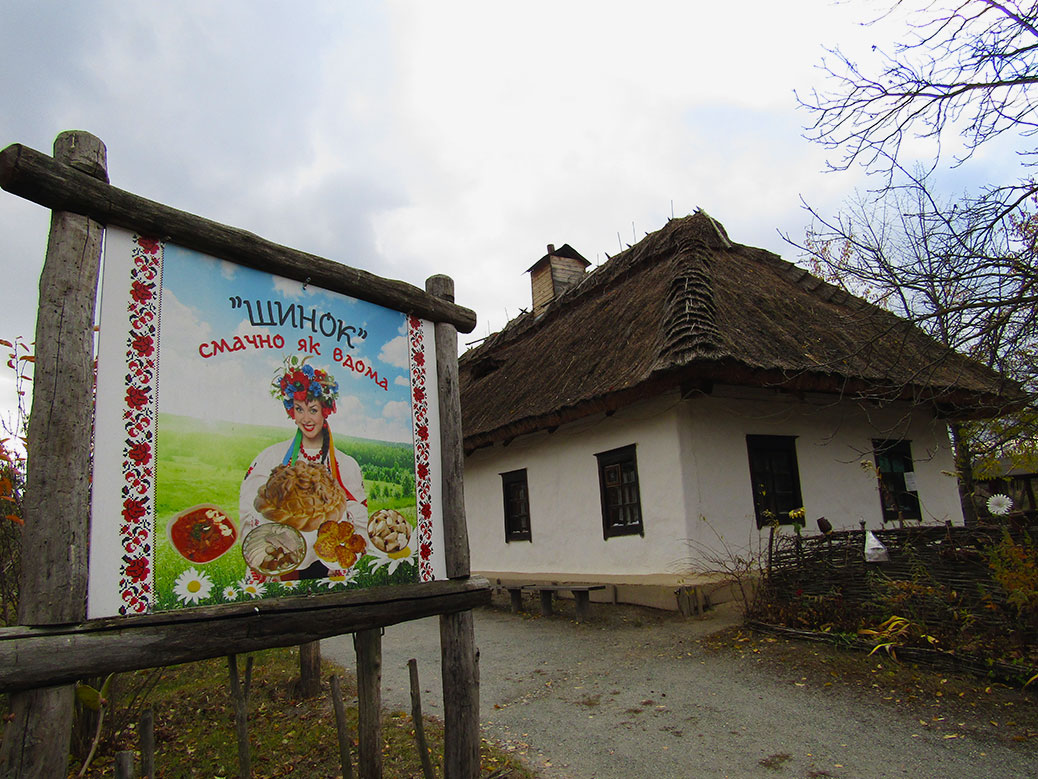
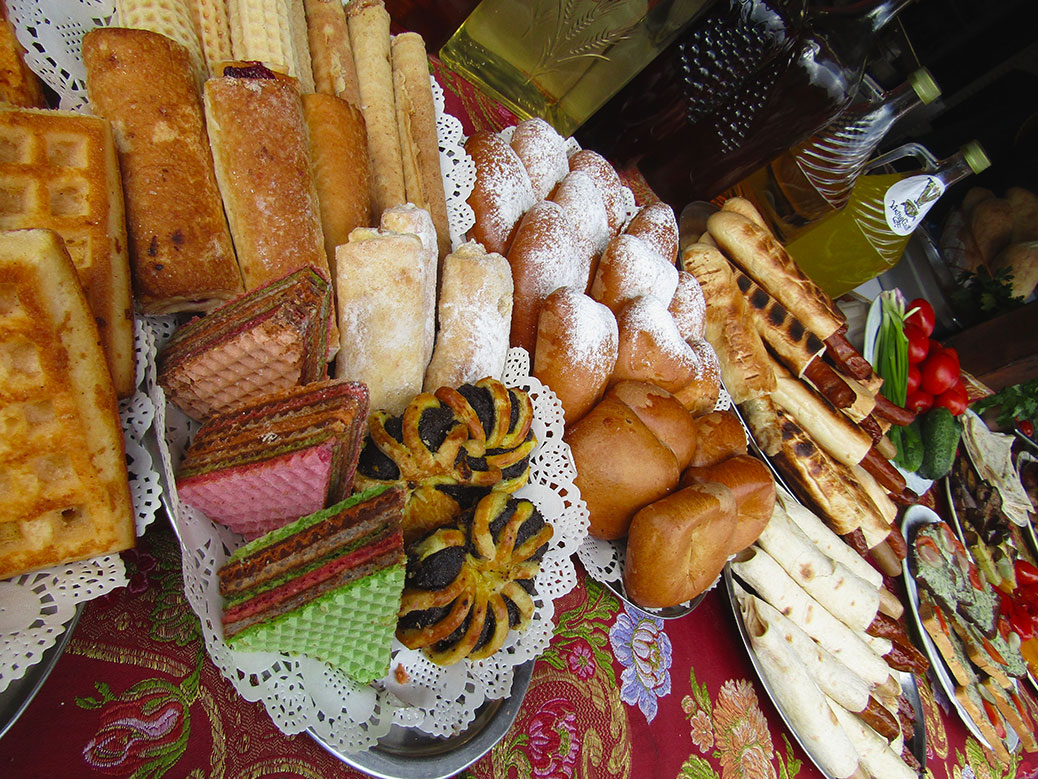
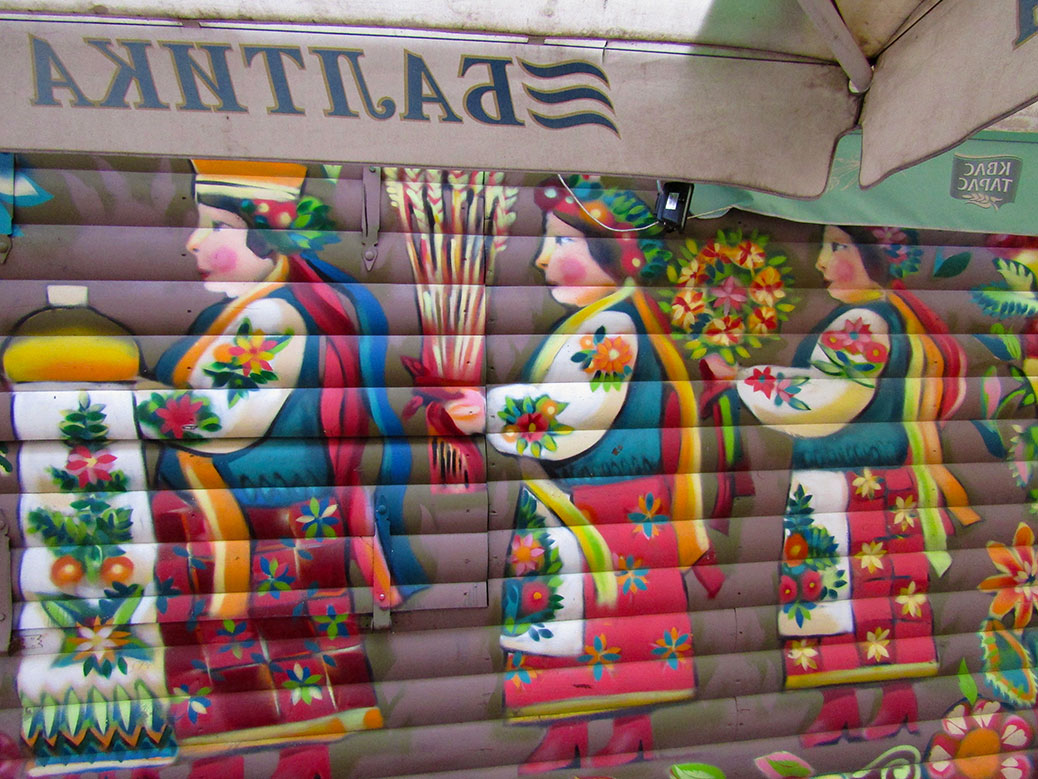
On top one of the hills, near the “Carpathian region,” stand several windmills.
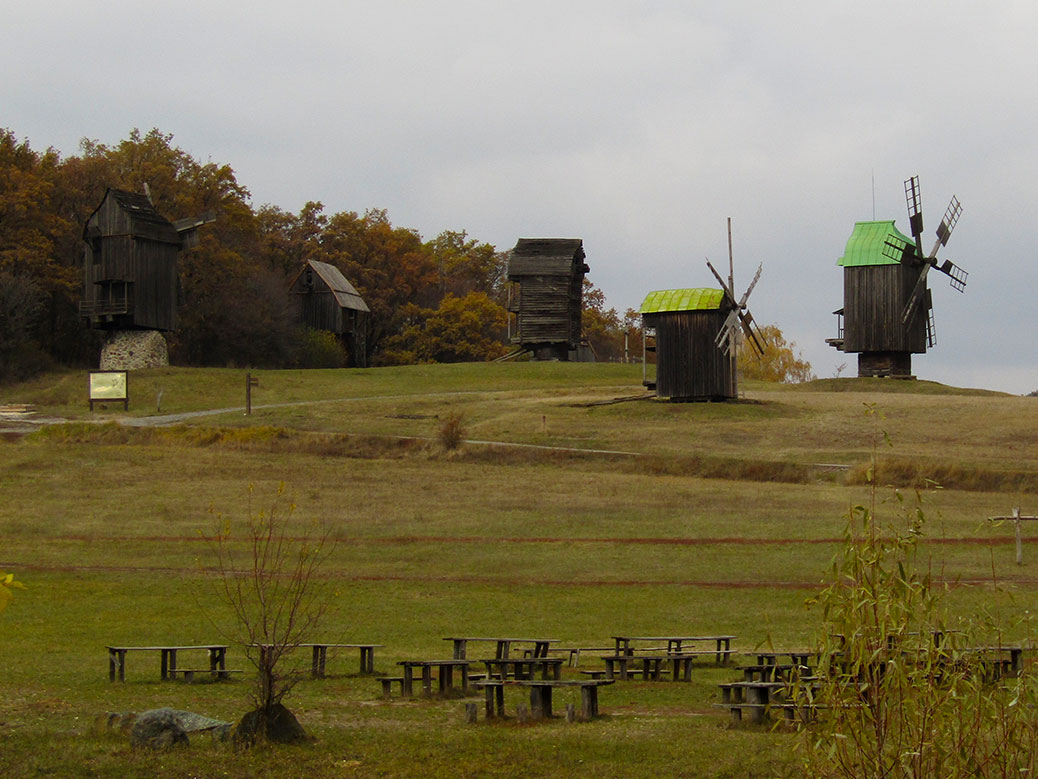
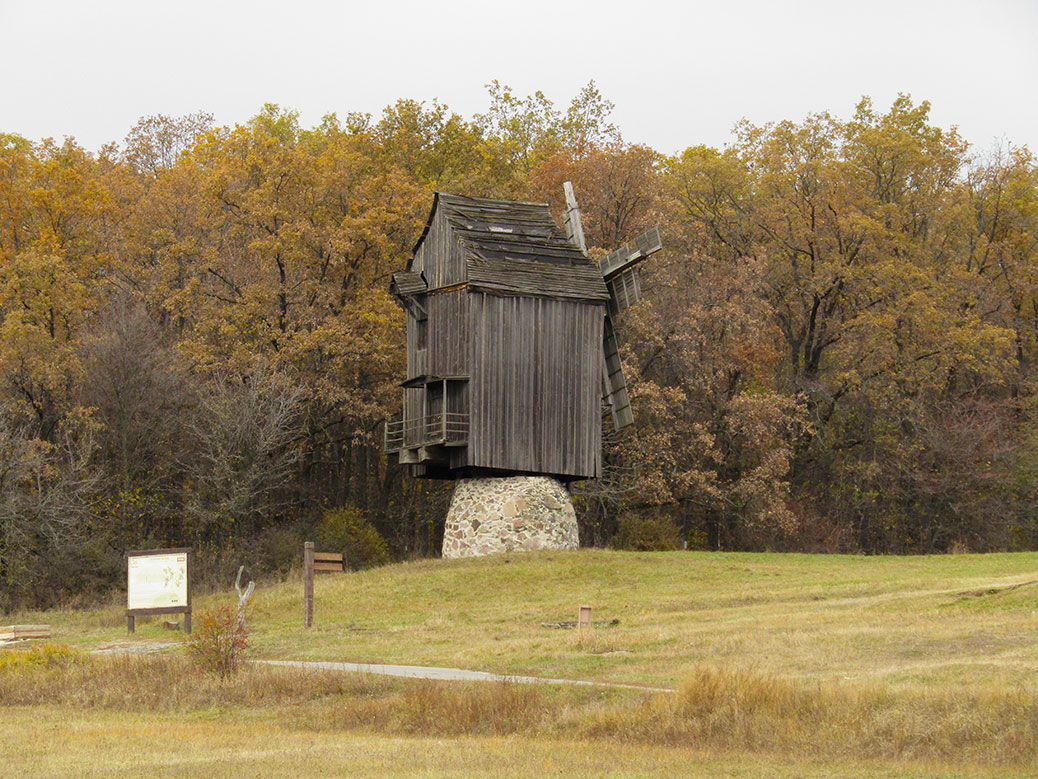
It was a fun day spent wandering through the grounds from one village to another. My mom and aunt reminisced about what their parents and grandparents house looked like during this time. At the end of the trip, my mom said this was one of her favorite experiences.
